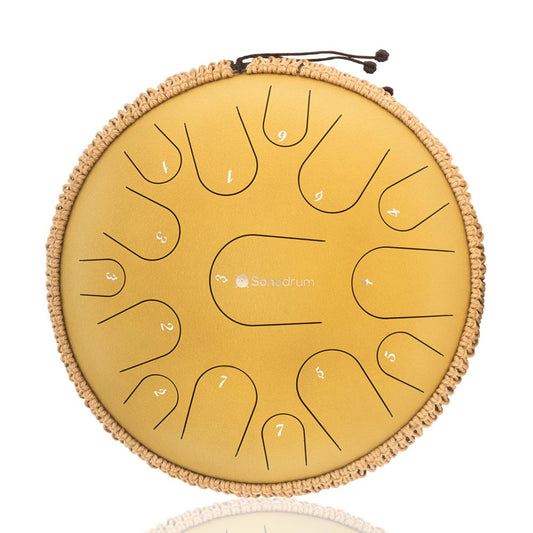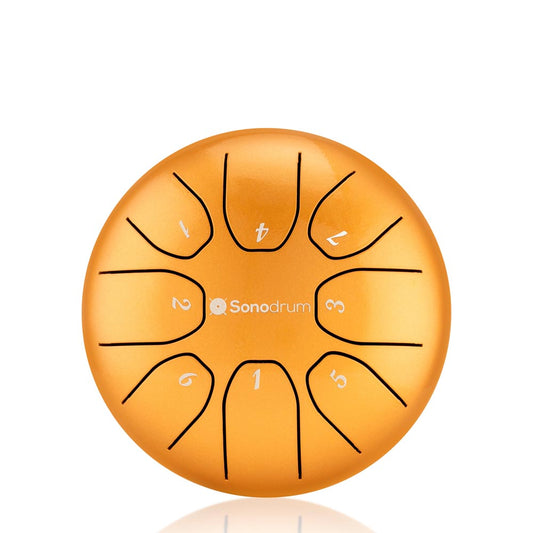The tongue drum, a beloved instrument cherished for its melodic tones and soothing vibrations, has undergone a remarkable evolution in recent years. With an emphasis on innovation and creativity, artisans and designers are pushing the boundaries of traditional tongue drum design to create instruments that are not only visually stunning but also technologically advanced. In this article, we will delve into the latest advancements and innovations in tongue drum design, materials, and technology, showcasing cutting-edge features and groundbreaking developments that are shaping the future of sound.
Advanced Materials and Construction Techniques:
One of the most significant innovations in tongue drum design is the use of advanced materials and construction techniques. While traditional tongue drums were typically crafted from metal or wood, modern iterations are exploring new materials such as carbon fiber, fiberglass, and acrylic. These lightweight and durable materials offer enhanced resonance and projection, allowing for greater tonal clarity and volume. Additionally, advanced construction techniques, such as laser cutting and CNC machining, enable precise tuning and customization, resulting in instruments that are finely tuned and impeccably crafted.
Integrated Electronics and Digital Interfaces:
Another notable advancement in tongue drum technology is the integration of electronics and digital interfaces. In recent years, tongue drums equipped with electronic pickups, amplification systems, and MIDI compatibility have gained popularity among musicians and performers. These innovative features allow players to explore a wide range of sonic possibilities, from traditional acoustic sounds to experimental electronic textures. Additionally, digital interfaces and onboard effects processors offer unprecedented control and versatility, enabling players to sculpt their sound with precision and creativity.
Multi-Tonal and Microtonal Scales:
Innovations in tongue drum scale design have opened up new avenues for musical exploration and expression. While traditional tongue drums were typically tuned to diatonic or pentatonic scales, modern instruments are embracing multi-tonal and microtonal scales inspired by world music traditions. These unconventional scales, which incorporate intervals smaller than a semitone, offer a rich and diverse palette of musical colors and textures. By expanding the harmonic possibilities of the tongue drum, these innovative scales invite players to journey into uncharted musical territory and unlock new realms of creativity.
Interactive and Collaborative Instruments:
Advancements in tongue drum design are also fostering a sense of collaboration and community among musicians and enthusiasts. In recent years, interactive and collaborative tongue drums have emerged, featuring modular designs that allow multiple players to engage in spontaneous jam sessions and improvisational performances. These innovative instruments, which incorporate elements of gamification and social interaction, are breaking down barriers and bridging the gap between novice players and seasoned musicians. By fostering a spirit of inclusivity and creativity, these collaborative tongue drums are empowering individuals to connect with others and express themselves through music.
Conclusion:
As we have seen, tongue drum innovations are revolutionizing the world of percussion, ushering in a new era of creativity, exploration, and sonic experimentation. With advancements in materials, technology, scale design, and interactive features, today's tongue drums are pushing the boundaries of what is possible, inspiring musicians and enthusiasts around the world to reimagine the possibilities of sound. As we look to the future, let us continue to celebrate and embrace the pioneering spirit of tongue drum innovation, forging new paths and shaping the future of music for generations to come.




